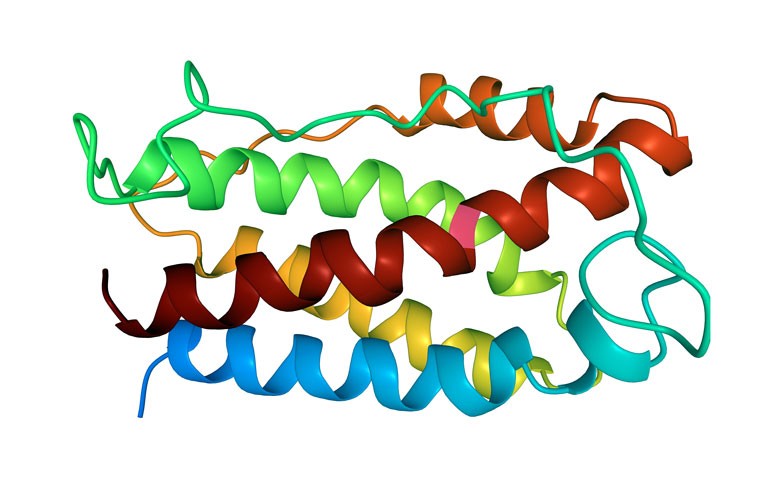A prospective meta-analysis has found a mortality benefit in patients hospitalised with COVID-19 treated with interleukin-6 antagonists.
Excessive systemic inflammation and which is characterised by increased levels of various interleukins including interleukin-6 (IL-6), has become a key feature of COVID-19 infection. The interleukin-6 antagonists that have received most attention are the monoclonal antibodies, tocilizumab and sarilumab, which either bind directly to IL-6 or its membrane bound receptor. Whether or not there is an overall mortality benefit from the use of interleukin-6 antagonists in those hospitalised with COVID-19 remains uncertain. Some studies have found there to be a benefit whereas other have found no obvious benefit and others still have concluded that there remains some doubt over the relative harms and benefits of these treatments. Given the ambiguity of the available data, a team from the World Health Organisation, undertook a meta-analysis of studies in which IL-6 antagonists were used in patients hospitalised with COVID-19. The overarching aim of the analysis was to determine the association between the administration of IL-6 antagonists and 28-day mortality compared to usual care. Eligible trials were those in which patients had been randomly assigned to an IL-6 antagonist or usual care. The primary outcome was set as all-cause mortality, 28 days after treatment randomisation. However, the team also considered both the class effect and the two individual IL-6 antagonists, tocilizumab and sarilumab separately. A secondary outcome was the comparison of IL-6 antagonists versus corticosteroids.
Findings
A total of 27 eligible trials were included in the meta-analysis and at the time, 9 were fully published and the remainder available only as preprints. Tocilizumab was studied in 19 trials and administered to 4299 patients whereas sarilumab was given to 2073 patients. The median patient age across all trials was 62 years and a third (33%) of patients were female. In the trials, most patients were receiving respiratory support at randomisation. After 28 days of treatment, there were 1407 deaths among patients allocated to interleukin-6 antagonists and 1158 deaths in those assigned to usual care. This gave rise to a summary odds ratio (OR) of 0.86 (95% CI 0.79 – 0.95, p = 0.003) corresponding to an absolute reduction in mortality of 22% for the intervention. For tocilizumab, summary OR was 0.83 (95% CI 0.74–0.92, p < 0.01) although the summary OR for sarilumab was not significant (OR = 1.08, 95% CI 0.86–1.36). In comparison with corticosteroids, the summary OR was 0.77 (95% CI 0.68–0.86) for tocilizumab and 0.92 (95% CI 0.61–1.38) for sarilumab.
The authors noted that while there were apparent differences in mortality between the two interleukin-6 antagonists, this was possibly because sarilumab trials had been conducted earlier in the pandemic when the use of corticosteroids was not part of standard care. Nevertheless, they concluded that the use of interleukin-6 antagonists was associated with a lower 28-day mortality compared with usual care.
Citation
The WHO Rapid Evidence Appraisal for COVID-19 Therapies (REACT) Working Group. Association Between Administration of IL-6 Antagonists and Mortality Among Patients Hospitalised for COVID-19. A Meta-analysis. JAMA 2021










